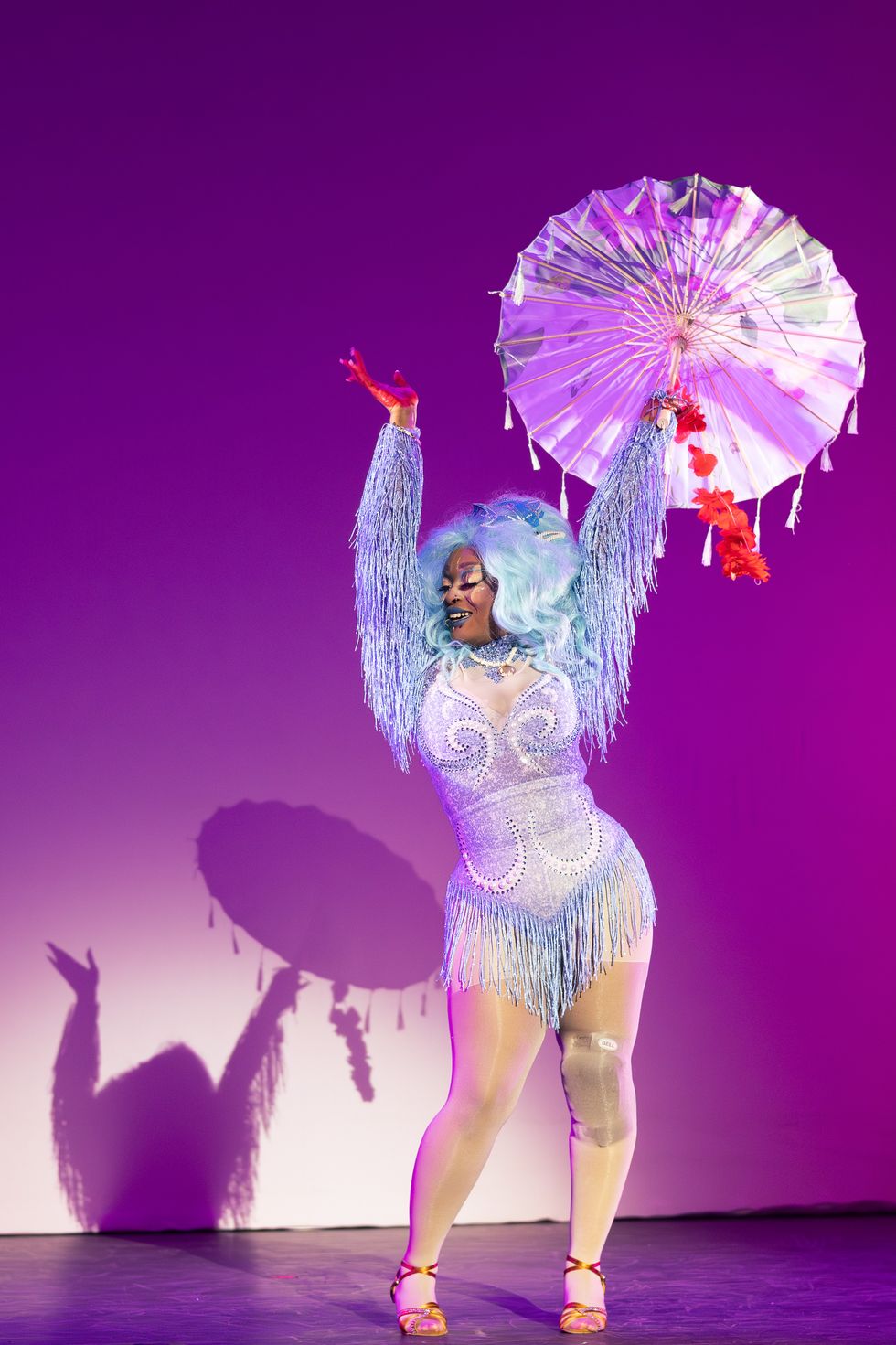Teeth-chatteringly close to the North Pole, in the tiny town of Longyearbyen in Svalbard, Norway, you’ll find Cary Fowler’s Global Seed Vault, an air-locked repository buried beneath the permafrost, which houses and protects more than half a billion of the world’s seeds. Alongside stunning images of fjords and fauna, the agriculturist’s new book, Seeds on Ice, offers a glimpse into what has become the world’s most crucial agrarian library. In 2007, when the vault began accepting seed samples and GOOD first spoke to Fowler, he described it as “a global insurance policy” against diminishing genetic diversity.
Plants are threatened in numerous ways. Global warming is widely damaging—for example, rising temperatures sterilize the pollen of certain types of rice plants as they flower in the daytime. War in Syria is driving the extinction of several varieties of wheat, barley, and legumes, according to Fowler. Gene banks (repositories built to secure genetic material like plant cuttings) are underfunded worldwide, while monoculture erodes the diverse agricultural landscape. To combat this, Fowler stores seeds from vulnerable banks in war-torn countries in the vault—sometimes for years—until the seeds can be shipped back once conflict abates.
Though Fowler’s freezer has been described as an “arctic doomsday vault,” the project doesn’t aim to capitalize on fear so much as sustain essential agricultural diversity. “The Svalbard Global Seed Vault was not built in a spirit of pessimism,” Fowler writes in Seeds. “It was conceptualized and constructed by optimists and pragmatists, by people who wanted to do something to preserve options so that humanity and its crops might be better prepared for change.”















 Let us all bow before Gary, the Internet's most adventurous feline. Photo credit: James Eastham
Let us all bow before Gary, the Internet's most adventurous feline. Photo credit: James Eastham Gary the Cat enjoys some paddling. Photo credit: James Eastham
Gary the Cat enjoys some paddling. Photo credit: James Eastham James and Gary chat with Ryan Reed and Tony Photo credit: Ryan Reed
James and Gary chat with Ryan Reed and Tony Photo credit: Ryan Reed


 Rock deterioration has damaged some of the inscriptions, but they remain visible. Renan Rodrigues Chandu and Pedro Arcanjo José Feitosa, and the Casa Grande boys
Rock deterioration has damaged some of the inscriptions, but they remain visible. Renan Rodrigues Chandu and Pedro Arcanjo José Feitosa, and the Casa Grande boys The Serrote do Letreiro site continues to provide rich insights into ancient life.
The Serrote do Letreiro site continues to provide rich insights into ancient life.

 The contestants and hosts of Draggieland 2025Faith Cooper
The contestants and hosts of Draggieland 2025Faith Cooper Dulce Gabbana performs at Draggieland 2025.Faith Cooper
Dulce Gabbana performs at Draggieland 2025.Faith Cooper Melaka Mystika, guest host of Texas A&M's Draggieland, entertains the crowd
Faith Cooper
Melaka Mystika, guest host of Texas A&M's Draggieland, entertains the crowd
Faith Cooper


